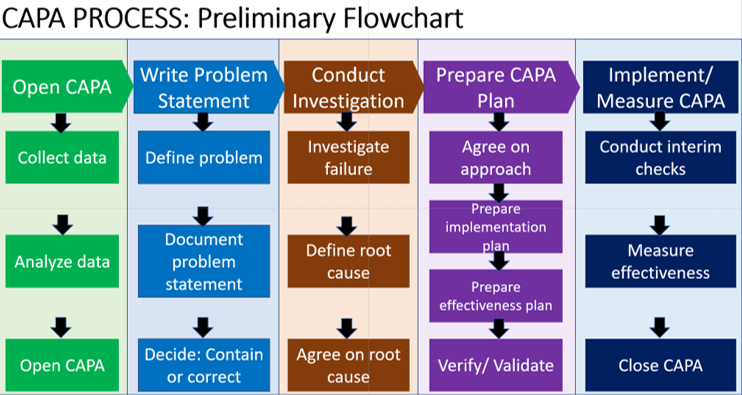From Ambiguity to Clarity in Three Easy Steps
As instructional designers, we often confront ambiguity when we take on a new project, especially when working with a stakeholder who has already created, the process, tool, or content. It can be overwhelming to achieve clarity – to get our arms around the purpose of the proposed change, impact on performers and the organization, which tools are in place to support the change, and sometimes even to understand the processes and content well enough to work our “magic.”
Of course, ambiguity can be experienced in many areas, not just instructional design. For example, there’s often confusion in learning a new skill or job, assuming management of a group or project, or even starting a new hobby, like the genealogy research I just got involved with.

So, you want to know how to get from ambiguity to clarity in three easy steps? First…
…Well, really did you think it was that easy? This is a skill that, like so many others, takes a lot of practice, some solid fortitude, and trust in the process. I can’t deliver three easy steps to you, but I can offer three considerations to help you through. Let’s start with….
1. Trust the Process
It can be hard to “let go” and allow the process to work for us. But work for us it will. If left to its own devices, the brain will devise strategies to clarify its thoughts, and one of these main strategies is creating categories.
A team of researchers led by the Ruhm University Bochum found that people create and place information in different categories to make sense of the world. “Thinking in categories or pigeonholing helps our brain in bringing order into a constantly changing world and it reduces the information load,” wrote the researchers.
So, allow yourself time for clarity to emerge– sleep on it, meditate, do some yoga, or go for a run or walk – and your brain will take over. You might experience a number of “aha” moments – feel the satisfaction as these occur!
2. Ask questions
Particularly in situations where we are not the expert, we can’t expect that we’ll just know information or what’s in the head of our stakeholder. After doing our preliminary research, the only way to get solid information is by asking for it. Common questions for use in many situations (training or otherwise) are:
- What is the goal of this effort? What do you hope will change?
- Why is that important to you? To the organization?
- Who will be impacted by this? How? What happens if they don’t get on board with the changes?
- Is there a glossary or list of abbreviations, acronyms, and definitions (…so I can get up to speed on the subject quickly)?
- What is the current/proposed process or workflow?
- What do you mean by [fill in the blank]?
That last question is intended to prevent you from making assumptions. The stakeholder might speak as though you should know everything she knows, but that’s unrealistic and sometimes you need to just ask. Sometimes I find this question actually causes the stakeholder to rethink her own assumptions.
3. Draw it out
Create your own picture of how you understand the situation. This could be a flowchart, diagram, or other image; high-level project plan; or a draft course outline. In doing this, you’ll identify areas for which you need more information, areas you thought were clear to you but are still ambiguous, and things you believe are accurate.

Then review this picture or plan with your stakeholder, who can fill in the blanks, clarify ambiguities, and confirm or correct what’s left. She might even identify points you totally missed, or facts that she took for granted and didn’t think to mention to you.
So, while those three techniques are not necessarily “easy,” I hope they will help. The important thing is to realize that many new projects will have ambiguities. If everything were so clear and obvious, life would be so much easier. And probably a lot less interesting.


